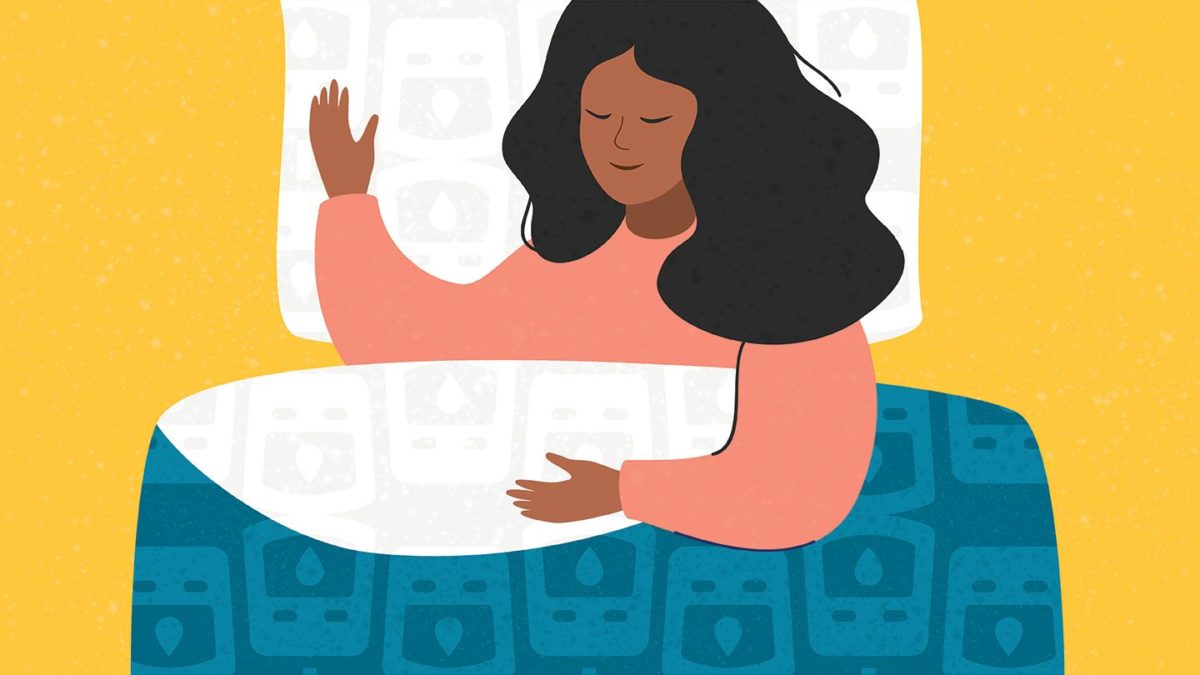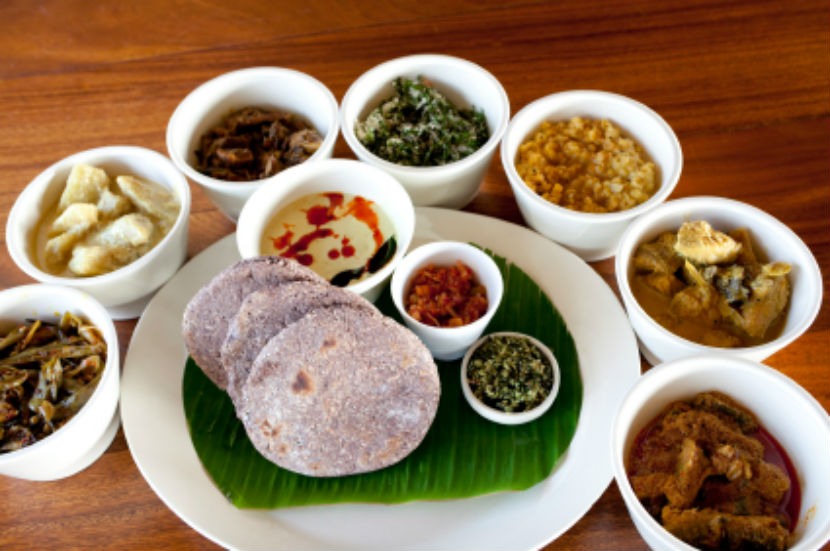DIABETES MELLITUS
- Diabetes mellitus or diabetes is a condition when there is rise in blood sugar levels in the body. The body becomes unable to use blood sugar (via insulin) for energy. During type 1 diabetes mellitus, pancreas becomes unable to produce insulin due to which glucose remains in the blood instead of transferring to the cells of the body. During type 2 diabetes mellitus, either the pancreas does not produce sufficient amount of insulin or the cells become unresponsive to insulin. In both of the conditions, sugar is not transferred from blood to the cells of the body. Thus, blood sugar levels raise causing diabetes.
(http://www.diabetes.org/diabetes-basics/common-terms/)

- Epidemiology: India has the largest number of diabetic people. According to WHO, there were 32 million people diagnosed with diabetes in year 2000. It is now estimated that they will rise to 80 million by the year 2030. Thus, there is a critical need for the strategies to prevent the epidemic of diabetes.

- Goals for management of diabetes: The goals for managing diabetes in people are to provide:
- Relief from diabetic symptoms
- Prevention of complications such as retinopathy, neuropathy, cardiovascular disease, cerebro-vascular disease, etc
- Prevention of infections
- The primary prevention criteria for diabetes by any healthcare provider include healthy life style focusing on proper balanced diet, increased physical activity and weight control. Lifestyle modification is the cornerstone for the management of diabetes.
- For management of diabetes, dietary modifications are required. They aim to achieve and maintain ideal body weight, euglycaemia and desirable lipid profile.
(http://icmr.nic.in/guidelines_diabetes/guide_diabetes.htm)
(http://icmr.nic.in/guidelines_diabetes/section6.pdf)
ROLE OF DIETARY FIBER
- Dietary fiber: Dietary fiber is the part of plant food, which cannot be digested by human body. Other food components such as fats, proteins & carbohydrates are broken down and absorbed by the human body. But dietary fiber passes intact through the stomach, small intestine, and colon and out of the body.
- Availability: Dietary fiber is mainly found in the fruits, vegetables, whole grains and legumes. It provides health benefits such as maintaining blood sugar levels, healthy weight and preventing heart disease.
- Benefits: The high-fiber diet has many benefits such as,
- Controlling blood sugar levels by slowing the absorption of sugar
- Achieving healthy weight by lowering blood cholesterol levels
- Helps to maintain bowel health
- Decreases chances of constipation
(http://www.mayoclinic.org/healthy-lifestyle/nutrition-and-healthy-eating/in-depth/fiber/art-20043983)
- Diabetes & dietary fiber
- Dietary fiber is reported to lower blood glucose levels. The daily intake of soluble fiber results in the prevention of diabetes.
- Mechanism: Soluble fiber help to control blood sugar levels by delaying gastric emptying, holding back the entry of glucose into the bloodstream and lessening the postprandial (post-meal) rise in blood sugar. Because fiber slows the digestion of foods, it helps to inhibit the sudden spike in blood glucose that may occur after a low-fiber meal. Such blood sugar peaks stimulate the pancreas to pump out more insulin. The cholesterol-lowering effect of soluble fiber may also help people with diabetes by reducing heart disease risks.

- It has also been proved by the clinical studies that high fiber diet is beneficial to improve glycaemic control, glycosylated hemoglobin and hyperinsulinemia. It has been shown in the study that increases in bile-acid excretion due to dietary fiber intake is responsible for lowering blood glucose levels. The high fiber diet also helped to lower plasma lipid concentrations.
(http://www.nejm.org/doi/full/10.1056/NEJM200005113421903#t=articleTop)
- Epidemiological studies suggested 29% reduction in the development of diabetes due to the protective effect of high dietary fiber intake. Increase in dietary fiber intake resulted in subsequent improvements in glycaemic control, reduction in the use of oral medication and insulin doses. Thus, dietary fiber consumption without altering the energy intake from carbohydrates, proteins and fats reduces the need for medication in type 1 and type 2 diabetic patients.
- Fiber-rich diet for diabetics: It is recommended that an adult male need 38g per day of fiber and female need 25g per day of fiber intake to prevent diseased state. Diabetic individuals should follow following high fiber diet to lower blood glucose levels:
- Skins and seeds of vegetables and fruit
- Whole grain bread, pasta, cereal, crackers and rice
- Barley, beans and lentils
- Canned beans, chickpeas in salads
- Ground flax seeds to yogurt, cereal
- Almonds
- Fenugreek seeds
(http://www.diabetes.ca/diabetes-and-you/healthy-living-resources/diet-nutrition/fibre)
(http://www.webmd.com/diet/guide/fiber-how-much-do-you-need#1)
- Fenugreek as dietary fiber: Fenugreek seeds are reported to be a rich source of dietary fiber. Gel fiber present in fenugreek seeds contribute towards anti-diabetic property. The fiber content of fenugreek helps to lower blood glucose levels and delay gastric emptying, thereby preventing the rise in blood sugar levels. Fenugreek seeds contain 50.2% fiber which have hypoglycemic and hypolipidemic effect in diabetic patients.
- In an animal study, fenugreek seeds extract was administered to diabetic rats. Fenugreek seeds significantly reduced serum cholesterol levels in rats. It was very effective to reduce blood sugar levels also.
- It is reported that consumption of 25g of fenugreek seeds per day exhibit hypoglycemic effect in diabetic patients.
- Thus, dietary modification with fiber will be helpful to reduce blood sugar levels in diabetic patients.
(http://diabeticbar.com/fenufibers.htm)
(http://fenufibre.com/whatIsFenufibre.html)
FenfuroTM is a patented and clinically evaluated product for safe and effective management of blood sugar levels. Fenfuro is a first of its kind, safenutraceutical derived from fenugreek seeds through a patented process. Through its unique scientific process, FENFURO concentrates the bioactive part of plants into a manageable dose, while removing the inert parts such as cellulose. Also, since a lot of healthy botanicals are not palatable, consuming their concentrate in capsule form in small dosage is a lot easier. FENFURO contains a rich variety of saponins and flavonoids. These substances are known to lower blood lipid level and help in insulin sensitization and glucose regulation. FENFURO is the first dual action insulin sensitizer.
A clinical evaluation of FENFURO was carried out on a total of 154 Type 2 diabetics for a period of 3 months, to determine its efficacy and safety. At the end of three months 83% of the patients reported decrease in fasting sugar levels and 89% patients reported decrease in PP sugar levels. The patients also showed significant decrease in HbA1C levels as compared to respective baseline value. 48.8% of patients reported reduction in dosage of anti-diabetic therapy after regularly taking FENFURO.
The statement and product have not been evaluated by the FDA to diagnose, treat, cure or prevent any disease.
















































